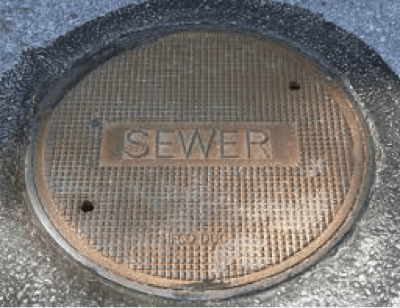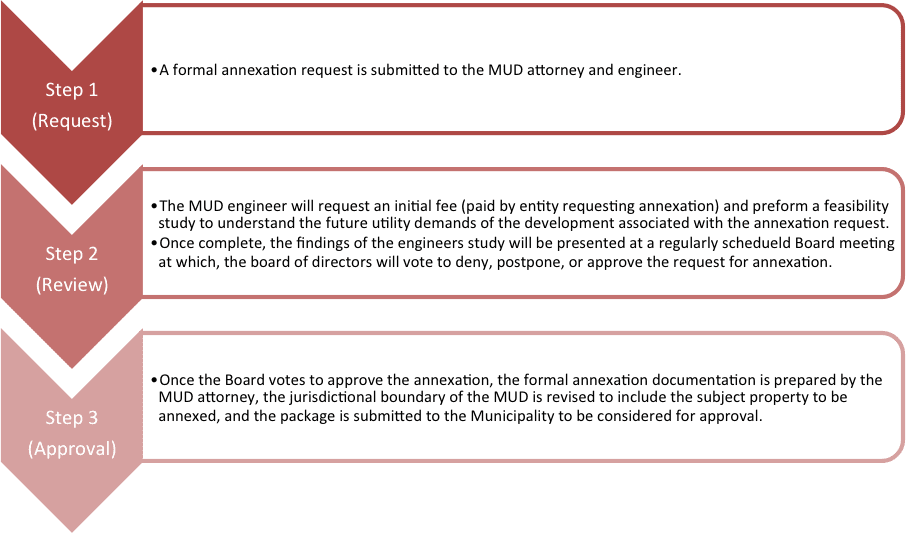
Innovation From Within: WGI’s Associates Pitch Ideas for the Future
WGI associates participated in an internal contest to pitch innovative ideas to improve the company, their work product, and the built environment.
Learn from award-winning professionals — explore our whitepapers, blogs, and the latest industry updates.
Join our dynamic organization of engineers, land surveyors, landscape architects, environmental scientists, and architects!
Talk to a market leader today! We’ll answer any questions you have about our professional services.

If you work in land development in the greater Houston area, you are probably no stranger to the Municipal Utility Districts or MUDs.
It’s no secret that the greater Houston area has experienced a significant population increase in the past few years. With that increase comes development activity and the need for municipal services to support it. If you work in the land development world, you know that researching water and sanitary sewer utility locations and capacity is typically your first order of business when evaluating the viability of a new development.
In Texas, MUDs are governed by Title 4, Chapter 54, Subchapter A of the Texas Water Code.
The primary function of a MUD is to provide water, sewer, and stormwater drainage services in areas where municipal services are not available. MUDs are typically financed through the sale of bonds which, in turn, are serviced by the taxes levied and collected by the MUD. From an engineering and land development point of view, getting familiar with the MUD process and engineering review requirements is a must. As mentioned above, your first order of business typically begins with the MUD to investigate existing utility location and capacity. In the event that you discover that you have a site that is not located within the jurisdictional boundary of a municipality or a MUD, a petition for annexation is likely required.
The annexation process must first be approved by the MUD Board of directors and then, by the Municipality if located within its ETJ. From start to finish, the length of the process varies depending on the MUD itself as well as the associated municipality that may have an interest in the annexation, but can typically be completed within 6 months. A flow chart of a typical annexation process can be seen in the graphic below:


WGI is a national design and professional services firm leading in technology-based solutions for the construction of public infrastructure and real estate development. At WGI, we’re providing Tomorrow’s Infrastructure Solutions Today.

WGI associates participated in an internal contest to pitch innovative ideas to improve the company, their work product, and the built environment.

Having the right development team can make or break a project. Here’s how WGI can help keep your vision intact.

Of all the contingencies facility owners and managers planned for in 2020, a global pandemic was probably pretty low on the list. WGI has some key strategies that facility owners and managers leverage to keep your operations functioning effectively and safely amid this global pandemic.

Unmet access, safety, and sustainability goals endure even as emerging trends, new modes, and technologies are competing for street, curb, and sidewalk space.

Rapidly changing e-commerce trends and technologies mean big changes for land-use and infrastructure planning.

Considering developing land in Central Texas? There are several important steps that you need to take, and one of them is Land Subdivision.
You’ve been searching for a place like WGI. We look forward to meeting you soon.
Sign up to receive emails to hear our latest news and achievements in our monthly newsletter.
Enter your zip code, and we’ll personalize your experience with local projects, office locations, team members, and more.
WGI supports its associates with meaningful opportunities for growth, strong benefits and perks, while we work collaboratively with clients and co-consultants to shape and improve communities.






WGI is a dynamic organization with opportunities nationwide for engineers, land surveyors, landscape architects, environmental scientists, and architects.